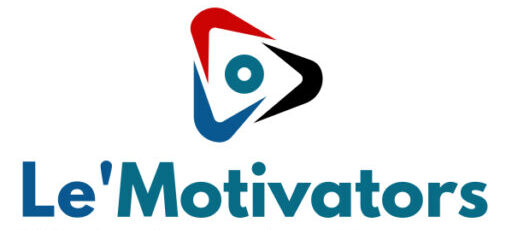Capturing products in camera, whether for e-commerce, advertising, or other purposes, requires careful planning, attention to detail, and good photography techniques. Here’s a step-by-step guide on how to capture products effectively:
-
Preparation and Planning:
- Identify the purpose and target audience for the product photos.
- Create a shot list with a clear vision of the required shots.
- Gather all necessary equipment, such as a camera, lenses, lighting, tripods, and props.
- Clean the products thoroughly, removing any dust, smudges, or imperfections.
-
Select the Right Equipment:
- Choose a camera with manual settings and good image quality. DSLRs and mirrorless cameras are often preferred.
- Select the appropriate lens for your product. A macro lens is great for close-ups and capturing small details.
-
Set Up a Controlled Environment:
- Find a well-lit area with consistent, diffused natural light or use artificial lighting (softboxes or studio strobes) to create even, controlled lighting.
- Use a clean and unobtrusive background that complements the product. Common options include seamless paper, fabric, or a lightbox.
-
Camera Settings:
- Set your camera to Manual mode (M) for full control over exposure settings.
- Choose a low ISO (typically 100-400) for minimal noise.
- Use a narrow aperture (high f-stop, like f/8 or higher) for a deeper depth of field, ensuring the entire product is in focus.
- Adjust the shutter speed to control the exposure. A tripod is essential for longer exposures to prevent camera shake.
- Consider shooting in RAW format for greater flexibility in post-processing.
-
Compose Your Shots:
- Frame the product to showcase its features and details effectively.
- Pay attention to the product’s angles, lines, and symmetry.
- Apply the rule of thirds and other compositional techniques for visually pleasing results.
- Use a tripod to ensure a steady shot, especially for close-ups.
-
Lighting:
- Use diffused, soft lighting to minimize harsh shadows and highlights.
- Consider using reflectors or bounce cards to fill in shadows and highlight specific areas.
- Avoid direct, harsh sunlight or strong, uncontrolled lighting.
-
Focus and Depth of Field:
- Manually focus on the product to ensure sharpness. Use live view mode and magnify the image on your camera’s LCD for precision.
- Adjust the aperture to achieve the desired depth of field, ensuring the entire product is in focus.
-
White Balance:
- Set the correct white balance to ensure accurate color representation. Use a gray card or adjust it in post-processing if necessary.
-
Capture Multiple Angles and Variations:
- Take shots from different angles and distances to provide a variety of choices.
- Highlight specific features and details as needed.
-
Post-Processing:
- Import your RAW images into post-processing software like Adobe Lightroom or Photoshop.
- Retouch and edit the images as required, adjusting exposure, color balance, and removing imperfections.
- Ensure the final images match your intended look and feel for the product.
-
Output:
- Save the images in the appropriate format (e.g., JPEG) and resolution for their intended use (web, print, etc.).
- Keep a backup of the original RAW files for future reference or re-editing.
-
Consistency:
- Maintain consistency in your product photography style if you’re photographing a series of products.
Remember that product photography often requires practice to master, so don’t be discouraged if your initial results are not perfect. Continuously evaluate your work, seek feedback, and refine your techniques to improve your product photography skills.

